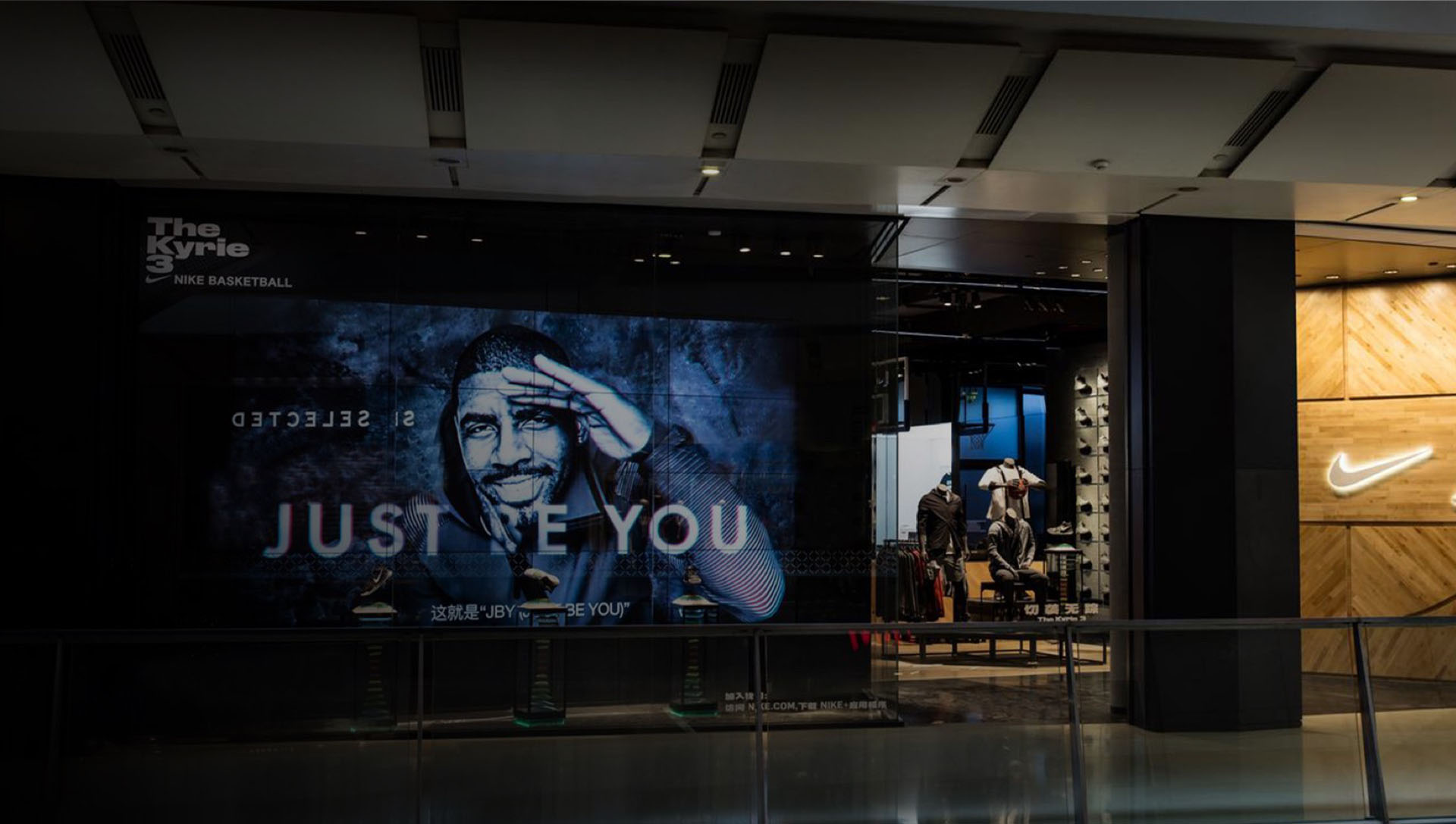What issue can we solve for you?
Type in your prompt above or try one of these suggestions
Suggested Prompt



In the News
Retailers and Brands Collide
Our Jason Goldberg discusses how retailers and brands are colliding via RetailWire.
In the golden age of brick-and-mortar retail, resellers and brands partnered closely to drive sales. Direct-to-consumer strategies were less common, as brands paid for shelf space and the critical consumer visibility it provided.
Today, retailers and brands are pitted against one another in fierce competition. Warren Buffet, CEO of Berkshire Hathaway, recently confirmed that a “huge struggle” is taking place between brands and retailers.
Retailers building brands
In the past, retailers’ “private label” brands were lower-cost alternatives to national brands, capitalizing on price-sensitive buyers with low brand loyalty. Retailers are now focused on a new value proposition: building highly desirable “owned brands” exclusively available from their store or website.
Amazon.com has notably taken an aggressive approach, currently promoting 74 unique brands. Brick-and-mortar resellers are also prioritizing owned brand strategies. Target launched three new brands specifically to reach Millennials, and its kids clothing brand Cat & Jack sold more than $2B last year. Walmart launched premium-brand Allswell Home with its own website to distance it from the store. Even 7-Eleven recently debuted a line of cosmetics.
Brands going direct
Nike was the first brand to execute a direct strategy back in 1990 with its first storefront. Retail partners pushed back, but Nike calmed their fears — initially. Nike’s Trojan horse experiment initiated the direct model for today’s brands. Today, Foot Locker sales are essentially flat, while 25 percent of Nike sales are direct.
Countless other brands are rapidly accelerating their direct-to-consumer strategies. PepsiCo is succeeding with its Gatorade Endurance brand and Drinkfinity website. M&M’s and Oreos both offer custom products that are not available in stores. Hasbro initiated a direct-to-consumer subscription service for avid gamers. Virtually every new brand launched in the past five years has included a direct-to-consumer component, including Warby Parker, Casper, Bonobos, Dollar Shave Club, Brandless and many others.
Where do we go from here?
It’s going to get increasingly difficult for a retailer to make a living selling other companies stuff. Every market will support a few aggregators, such as Walmart and Amazon, but most retailers are going to need to offer their own products to survive. At the same time, brands are going to have to get much closer to the consumer to better design products to meet her needs. We’re probably going to need to let go of traditional brand and retailer labels as the lines continue to blur.






